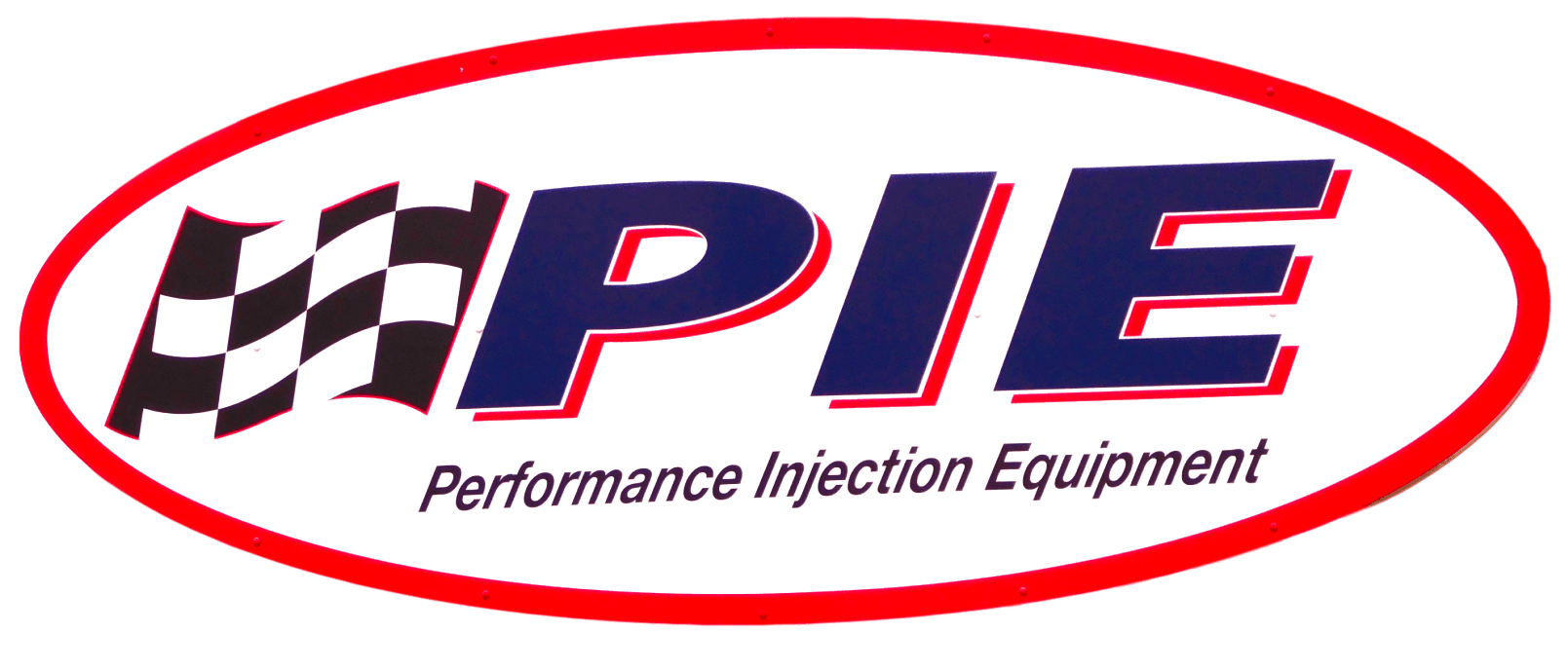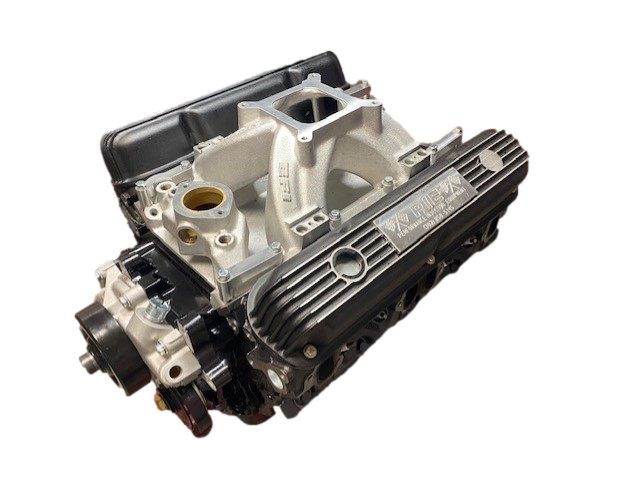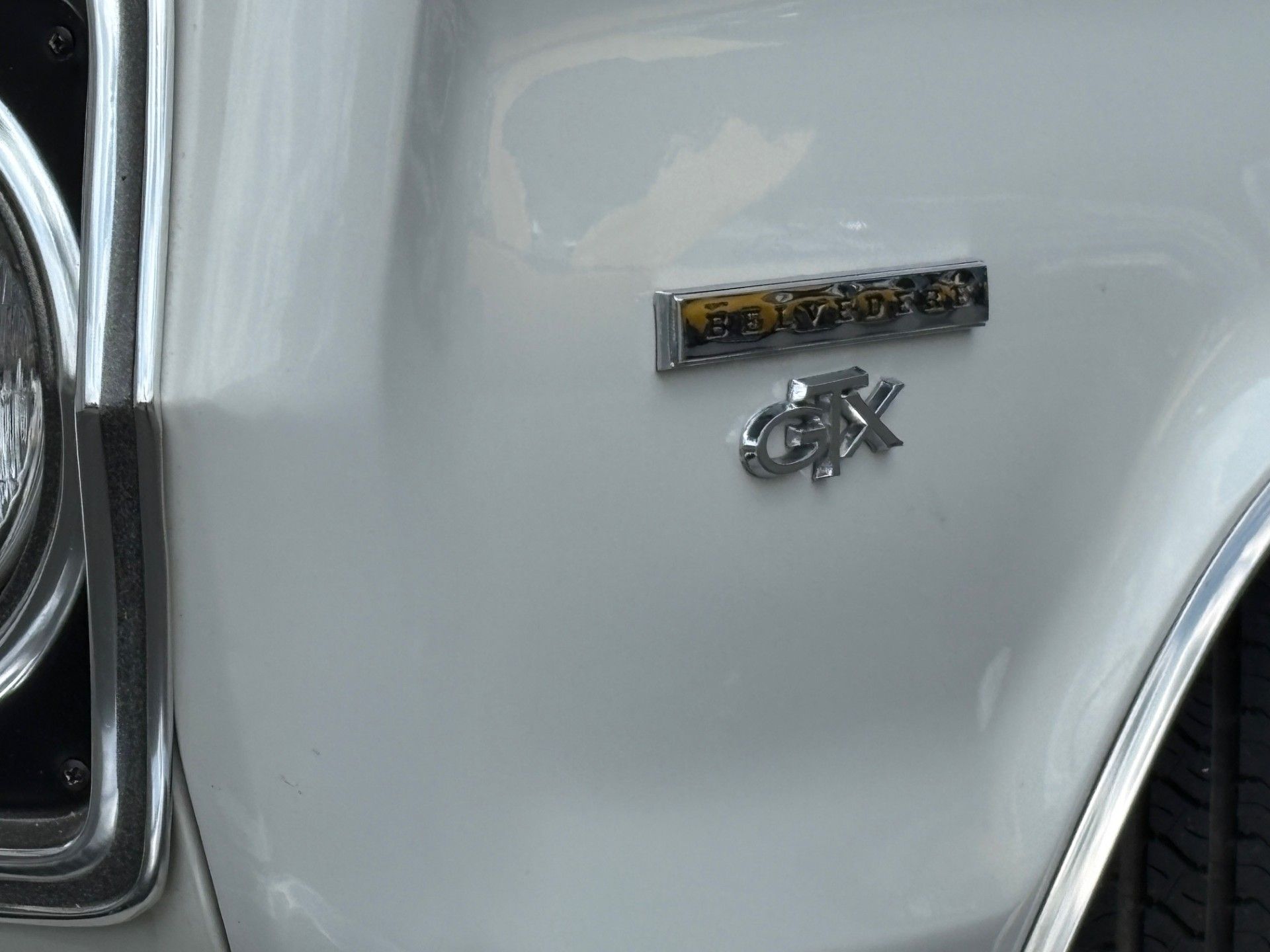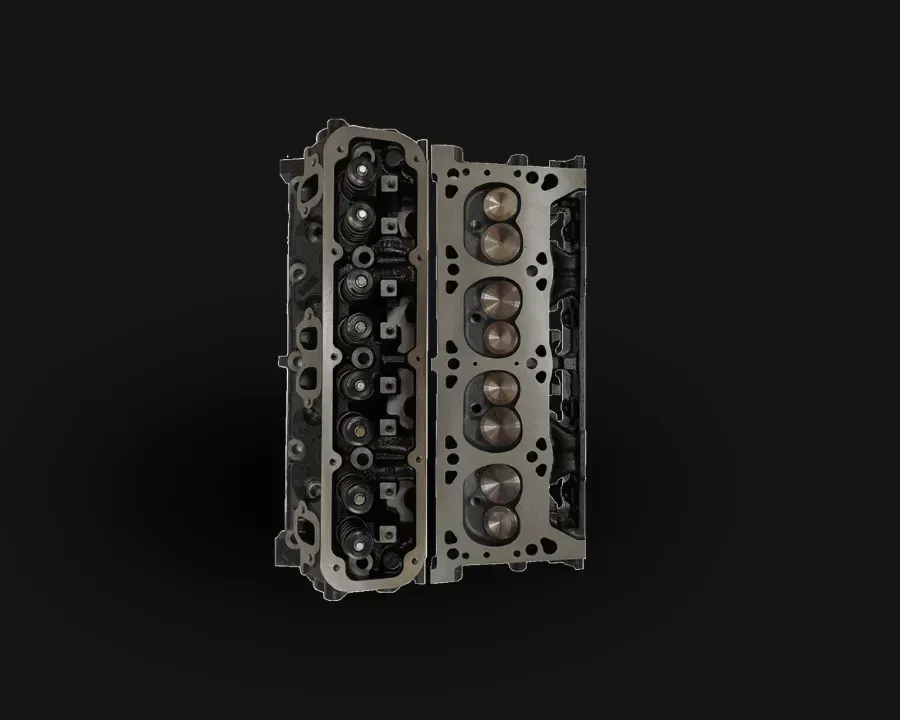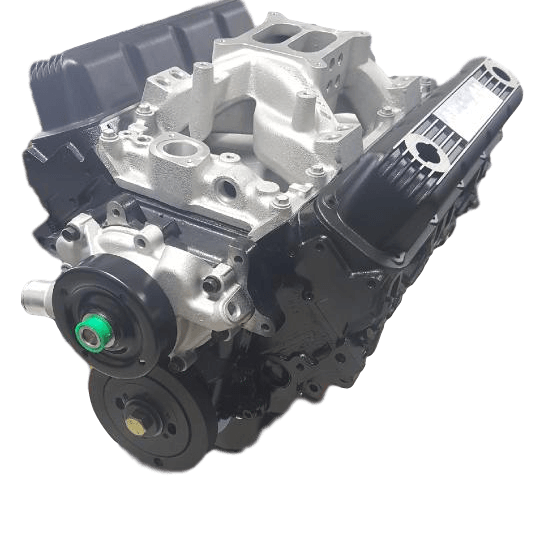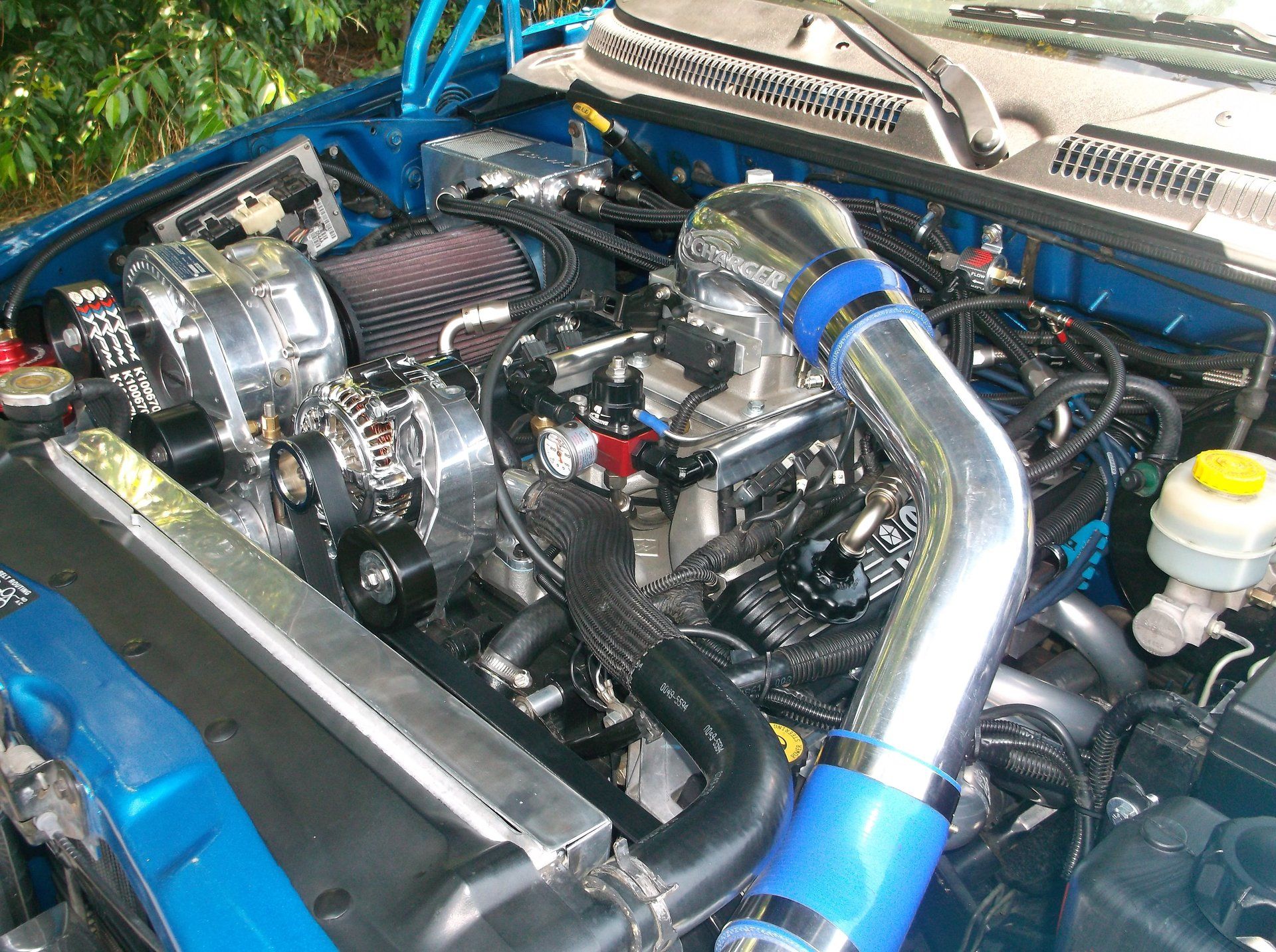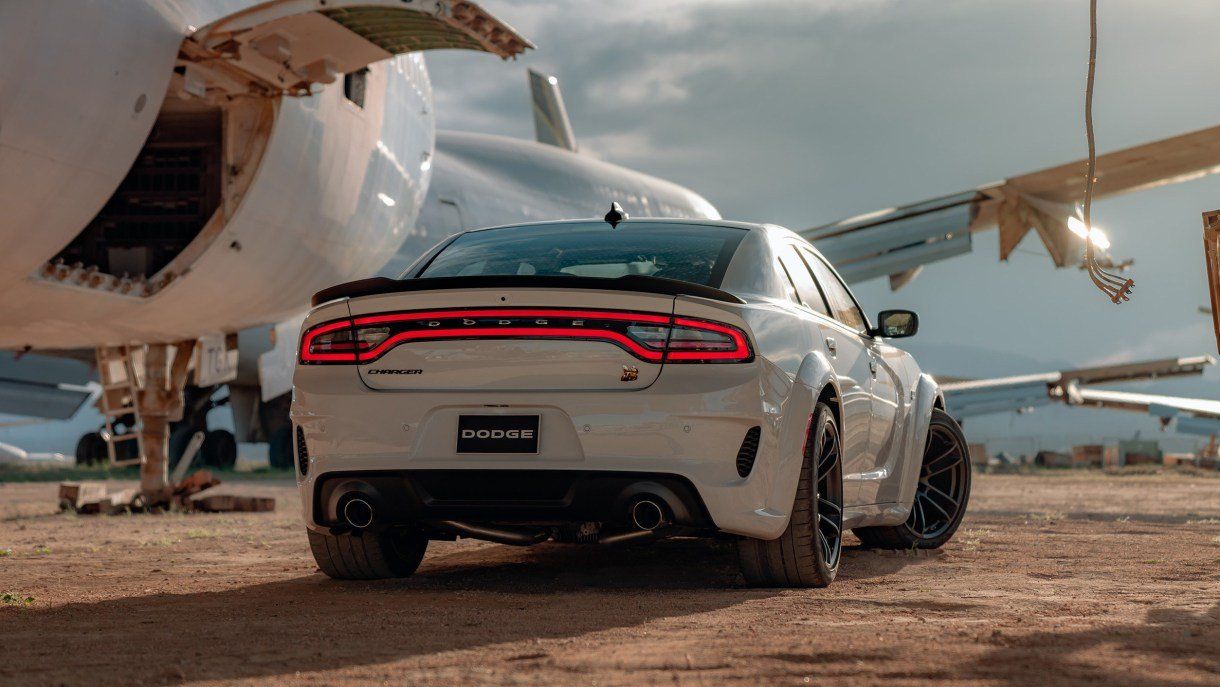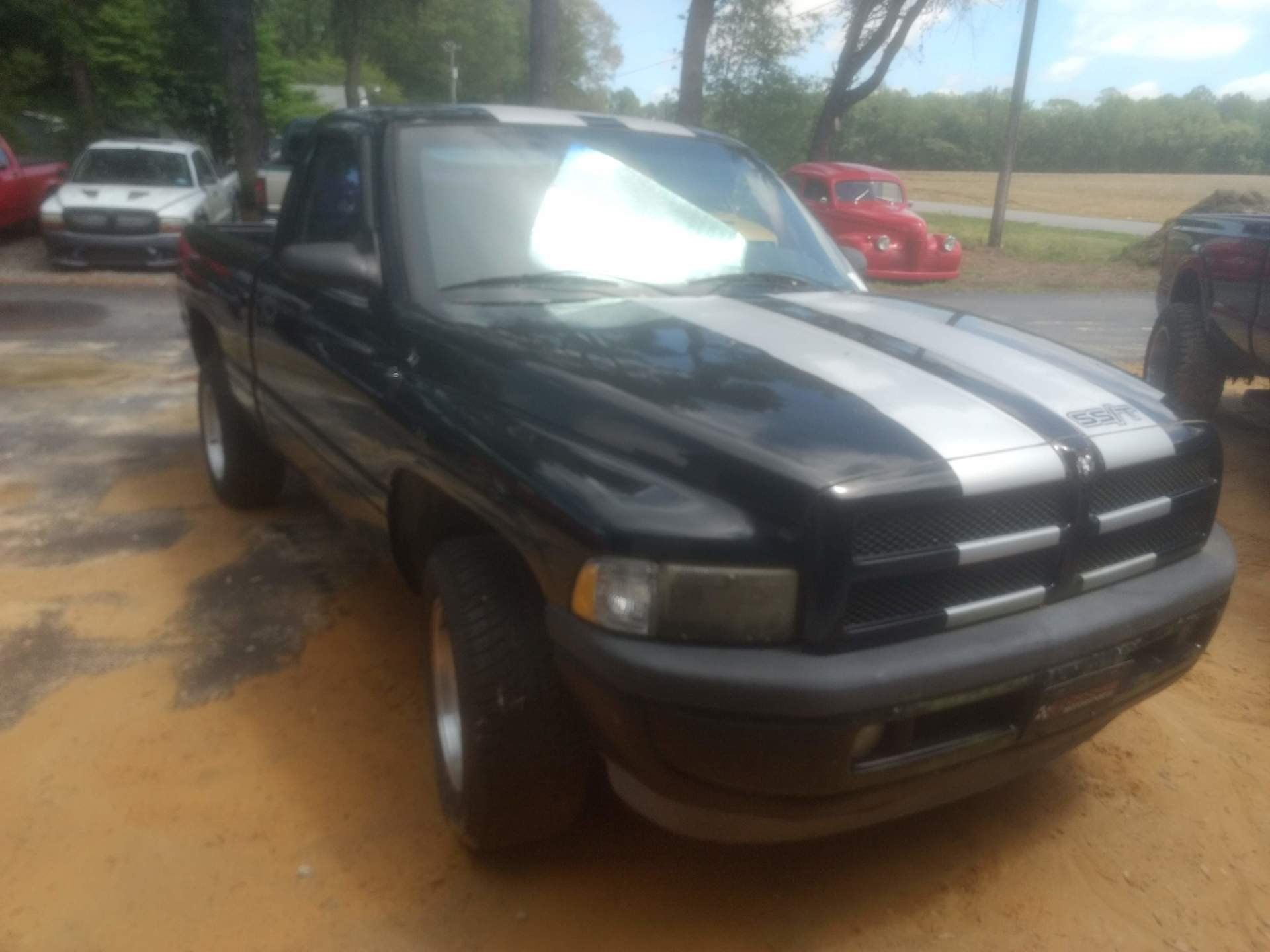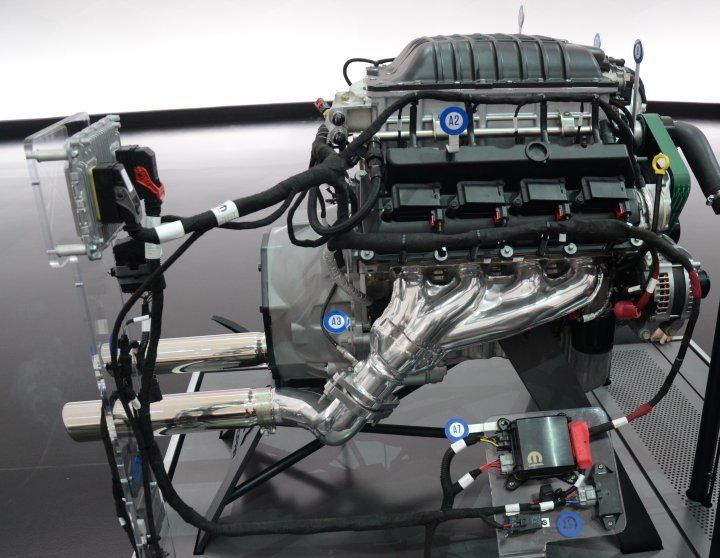The Blow Job. Part 1.
The 273 Build That Doesn't Suck
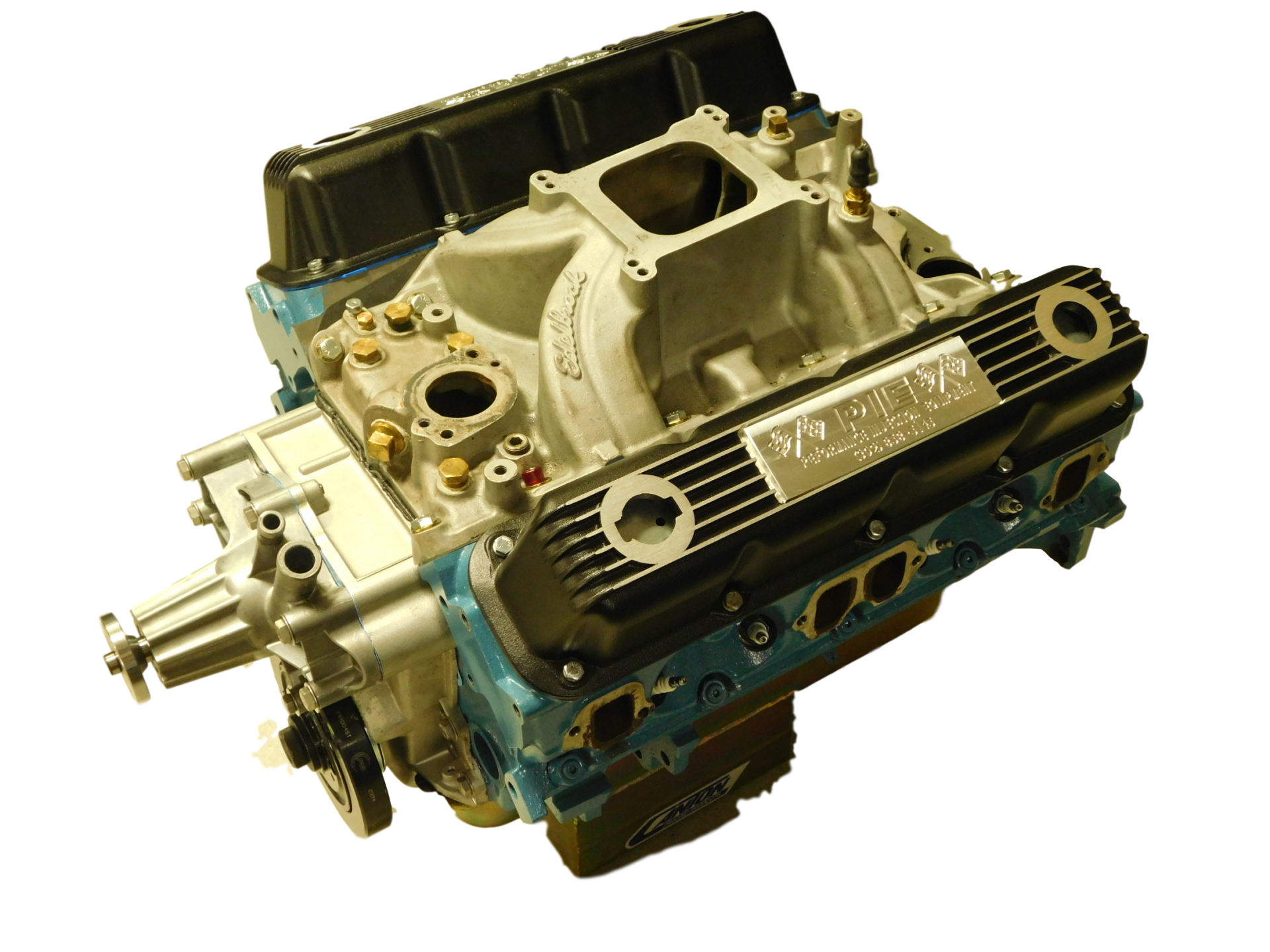
WARNING: Reading this article could produce the following symptoms:
- Giggling uncontrollably with excitement
- Sleepless nights and neglected work due to hours spent planning your own 273 build
- Scrounging vintage salvage yards, the classifieds, and maybe even strangers' backyards looking for abandoned 273 cores
- A loss of all rational engine building protocols in the quest to create your own dare-to-be-different scream machine
We are not responsible for any of it. However, if you decide to build an engine like this, we're here to help manage the madness so you can have your very own bombastic, fantastic, little LA .
A few months ago, Chris Sockriter stopped into our shop with that glint in his eyes and a plan in his head to build a hot 273 for his '69 Dodge Dart. Now, if this was 1965 and the 273 was still a serious D/Stock contender, we might have been just as excited as Chris to build this engine, but the fact is, MOPAR's tiniest small block is just that - tiny - and as anyone who builds or has had an engine built for them knows, bigger engines make more power for less money. In other words, why build a 273 when you can build a 360 that will make more twist for less tender? While you're at it, why not build a 408? In comparison, they're even cheaper than 360s when it comes to producing power for pesos.
But like we said, Chris had that glint in his eyes, a plan in his head, and money in his pocket (that he wanted to give to us), all targeted to build the 273. So we kept listening. And that's when things started to get interesting. Turns out Chris didn't just want us to build a hot 273; he wanted us to build one with a hair dryer - aka - a turbo (or two), for some stick-shifted silliness in that Dart we mentioned earlier. Now we started getting that glint in our eyes too. This could be fun. Sure, the 273 is small, but throw some turbos at it and it gets quite a bit bigger. Factor in the advantage that Chris already had the engine and that its factory forged crank is plenty tough for boosting and beating and suddenly, the higher costs generally associated with building small engines might not be so high. So we devised a plan to build a simple, stout, small block that's just a a few boost bars away from becoming a huffed-on hero.
Building For Boost:
With the plan established that this was going to be a turbo engine, we got to work on prepping and building for boost, which means building a solid, excellent performing naturally aspirated engine. To do this, we spec'd out a package that included a mix of tried and true components, some creatively applied out-of-the-box thinking and parts selection, and our requisite high accuracy prep, machining, and assembly procedures.
HARDware
The Block:
Since everything is built to go on or in the block, we started there. From the beginning, we were concerned about the 273's small bore size because things like bore shrouding, air flow, and even basic piston availability were major considerations; custom pistons, for example, can add huge costs to a build. As it turned out, we had little to be concerned about. Here's why: sonic checking the walls on this particular 273 revealed a thrust side cylinder wall thickness of about .280. Better yet, core shift seemed non-existent on this block because the numbers were consistent from front to back in both banks. If nothing else, this solved our piston selection and price problems because we could safely bore the block to stock Chevy 305 size which meant our piston options grew almost exponentially while the price point plummeted with the selection and availability of the much more common pistons.
The Crank:
This was almost a no-brainer. We know from experience the factory forged steel crank can take a beating thanks in part to its robust construction, material, and relatively short overlap. Provided it was in good condition, this would prove a near-perfect part for this build. Fortunately, the crank was in beautiful shape. Done.
The Rods:
Yes, Chrysler's factory forged steel connecting rods can be excellent choices for high-performance engines but the reality is, once you factor in the cost of reconditioning them, new forged steel performance rods are a better and more economical choice. We gave SCAT I Beam rods the nod.
The Pistons:
Knowing we were gonna get blown dictated several custom design parameters be built into the pistons which is why we went with custom-designed PIE/JE units. Even with the custom design, however, the more common bore size kept costs within reason for this type of build.
The Camshaft:
Yes, getting blown is truly awesome. For all the reasons you might think, here's one more to add to the list: turbo engines provide excellent street manners vs. performance potential allowing for great power while offering unmatched drivability. This allowed us to select a reasonably mild, off-the-shelf grind from COMP. It specs out with 218/226 Duration @ .050, .525 I/E lift and it's all built on a 114 LSA. This is a cam we knew would make great power in naturally aspirated form, offering a wide power band and operating range, and that wide LSA would also make the most of what the turbo has to offer.
The Heads:
Almost as much a no-brainer as the crankshaft or conrod selections, we went with the EQ Iron Magnum heads because these things can't be beat when it comes to bangin' for the buck. EQ's key durability upgrades that addressed the Magnum's shortcomings combined with an LA style intake manifold bolt pattern, make these heads outstanding and economical performance pieces. The iron construction also gives these prodigious power producers, long-term reliability in a turbo engine. For our part, we added our exclusive Stage One Porting which includes upsized intake valves and flow bench tuning to help unlock even more power potential. Throw in a set of our adjustable roller rockers and this part of the combo is good to go, go, go.
The Intake:
An Edelbrock Super Victor will help handle the deep breathing induction duties. It will be drilled and set up for EFI once we go boosted. Until then (and for dyno testing) we'll use a 700 cfm carb.
The Oiling System:
A Melling standard volume pump is all we need to keep everything moist. And remember: lube it or lose it! This is especially important when things get hot and heavy.
Prep, Machining & Assembly:
We get that machining isn't all that exciting for most people, so we won't bore you with too many details here except to say that exciting or not, proper machining is critical to an engine build's success or failure on the dyno, the road, or the track. Both power production and durability are greatly affected by the quality of the machine work. With this in mind, all you need to know is that we spent a painstaking amount of time, the way we do with every engine build, inspecting, cleaning, machining, and prepping every element of this little 273 before putting it together.
Dyno Time:
Naturally aspirated, this diminutive, sweet-sounding 273 made a stout 360 bhp and 355 lb-ft of torque. This works out to about 1.3 bhp per cubic inch, which means this little beast is pretty efficient at sucking, squeezing, banging, and blowing air, fuel and spark into a highly compelling, combustive cocktail. To put these numbers in perspective, we made more power than the legendary 340, with not much more than a slightly hotter cam and tweaked iron heads, all while maintaining daily-driver reliability.
It's Blow Time!
Well, almost. Soon we'll plumb in the power maker, pour on the boost and see how many more horses show up to show off. In the meantime, though, Chris is getting ready to drop this little hummer into his Dart and drive it as is for a while. We know he's gonna have a blast with it, but we can't wait to get those turbos installed. Once they're on, the rear tires on the Dart are gonna hurt so good.
